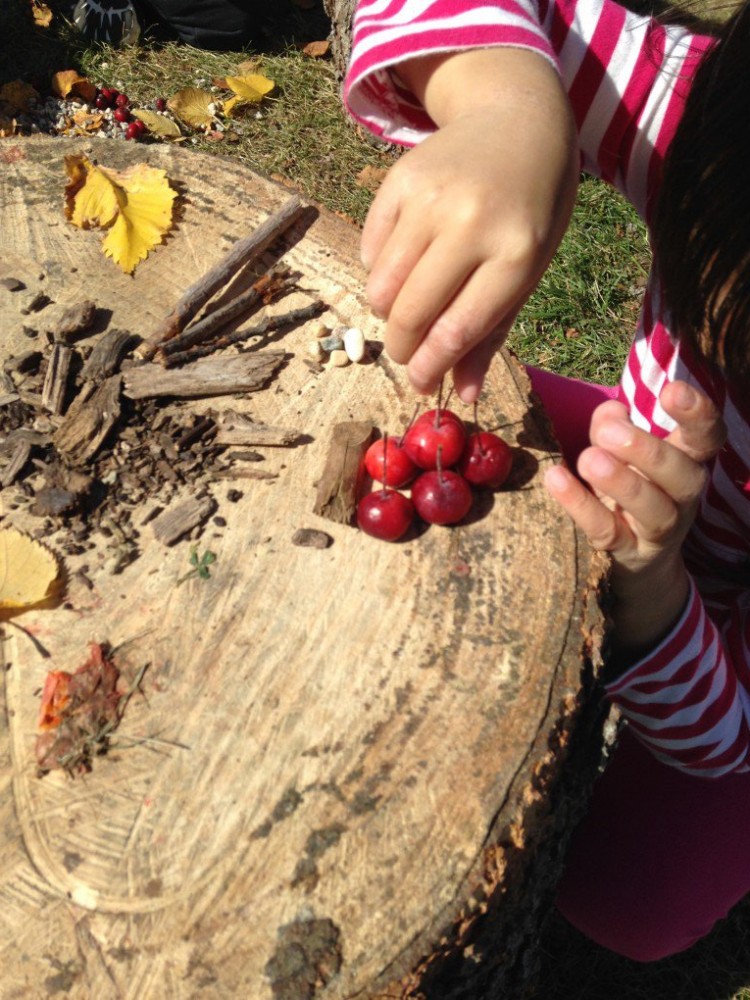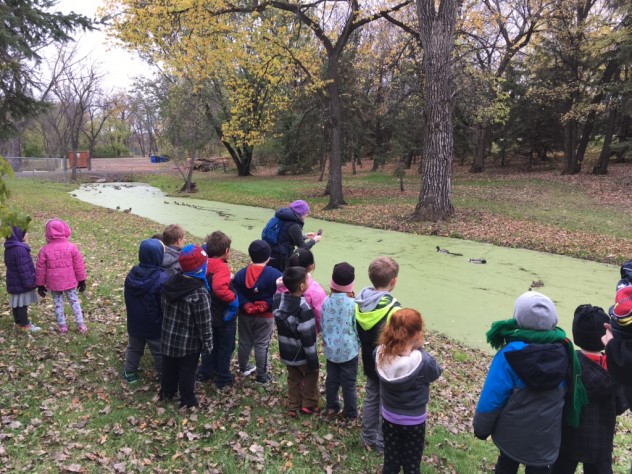Fostering Authentic Learning Through Imaginative Engagement
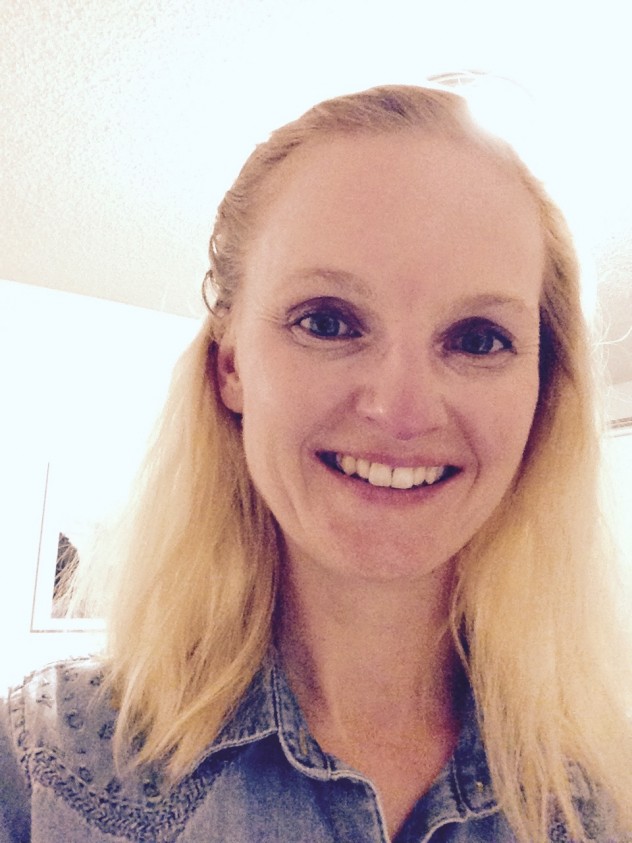 By Jolene McFadyen-Nein (Kindergarten Teacher)
By Jolene McFadyen-Nein (Kindergarten Teacher)
Three years ago I began teaching Kindergarten, after seven years working with older children. Each year my practice has evolved to better engage my young learners.
If you have ever looked into the eyes of a four-year-old coming into Kindergarten, you can strongly sense their feelings of displacement. Each one is leaving their security to come to school. I needed to rethink how they felt towards our classroom, our school, and ultimately our community. I needed to draw them in, develop their sense of belonging, ease their insecurities and heighten their feeling of connection.
My inquiry began last spring when I was struggling with my own sense of belonging. My educational philosophy was in flux as I considered my practice and my values. I was still trying to find my niche in a new school and my place in the community. I borrowed a copy of Engaging Imagination in Ecological Education (Gillian Judson, 2015). This lit the spark that has fuelled a new appreciation for the relationships that Imaginative Ecological Education (IEE) supports. This year I have continued this journey and have taken the three principles of engagement that interweave in IEE (Feeling, Activeness, Place/Sense of Place) to help cultivate the important relationships between children and their community.
Feeling
Emotional connections are the basis of care and relationship in IEE. When planning for my students, I wanted their learning to be a by-product of the significant relationships that they were creating with each other and their surroundings. I learned about the power of story to fulfill the Feeling principle:
“story is one of the most powerful means human beings have to convey meaning…it ties up our emotions with the events recounted, enabling us to more readily remember the contents of the story.” (Judson, 2015, p. 22)
I have begun planning in such a way that allows them to be a character in their learning story.
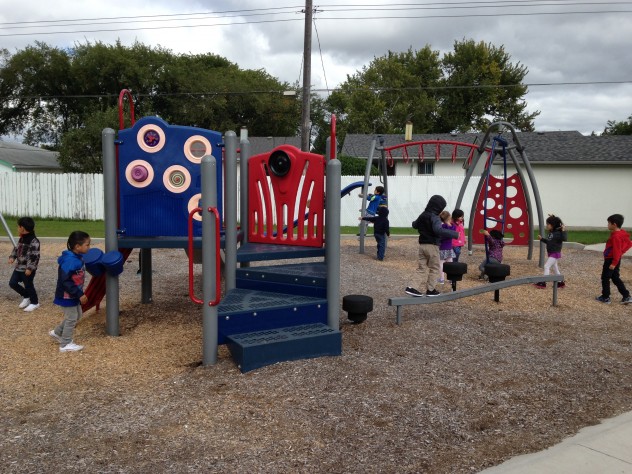 Last spring was one of the windiest springs I can remember. When we talked about the daily weather it was always a source for questions and amazement. We began observing the wind through our classroom window, watching to see if the branches were swaying or if they were still. We questioned if the wind was strong or was it just a breeze? Our observations through the window gave us our answers. As the teacher, I wondered about the story of the wind. I was moved by its rhythm, its swift and subtle movements, and its playful invitations. One day I asked the children, “what is the wind’s story?” Many of them fell silent, but a few students offered narrations about the wind blowing strong through the trees, or moving gently or fast.
Last spring was one of the windiest springs I can remember. When we talked about the daily weather it was always a source for questions and amazement. We began observing the wind through our classroom window, watching to see if the branches were swaying or if they were still. We questioned if the wind was strong or was it just a breeze? Our observations through the window gave us our answers. As the teacher, I wondered about the story of the wind. I was moved by its rhythm, its swift and subtle movements, and its playful invitations. One day I asked the children, “what is the wind’s story?” Many of them fell silent, but a few students offered narrations about the wind blowing strong through the trees, or moving gently or fast.
Our surface understanding soon expanded to our play with the wind outdoors. We made windsocks so that we could measure the direction and force of the wind and later enjoyed in the whimsical shenanigans of kites. The children’s story of the wind had grown beyond our window observations. It not only now embraced the types of wind and the possible damage wind could produce, but most notably, the paradox of the joy and the dangers the wind could present.
Activeness
The second principle, Activeness, refers to the body’s full sensory engagement and subsequent emotional responses that help a person be connected to the world around them. A large part of teaching in the early years is sensory engagement. If a child can absorb information through a variety of pathways, the likelihood of information integration is much higher. Also, let’s be honest, its just more fun!
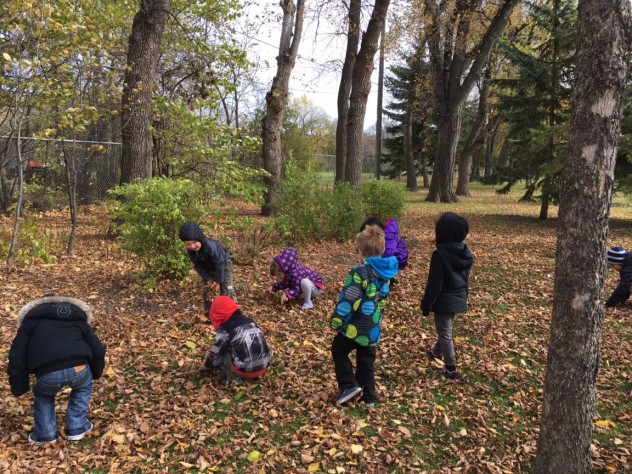 Last year, I wanted my students to be more connected to the school where they came to learn everyday, and I also wanted them to feel a part of the physical environment. As an element of our Science program, we started observing the trees in the neighborhood, and “adopted” a tree to follow for the entire year. This tree was ours and they genuinely concerned about its welfare. Each month we watched our tree change and transition from season to season. We also took note of the change in the temperature as each month came and went. We learned about our tree through observation, and the feeling of the weather on our skin. Our understanding deepened as we learned about how all of its parts work together to keep it healthy through each passing season. Never have you seen a bunch of children more proud than when our tree finally sprouted its first buds of spring.
Last year, I wanted my students to be more connected to the school where they came to learn everyday, and I also wanted them to feel a part of the physical environment. As an element of our Science program, we started observing the trees in the neighborhood, and “adopted” a tree to follow for the entire year. This tree was ours and they genuinely concerned about its welfare. Each month we watched our tree change and transition from season to season. We also took note of the change in the temperature as each month came and went. We learned about our tree through observation, and the feeling of the weather on our skin. Our understanding deepened as we learned about how all of its parts work together to keep it healthy through each passing season. Never have you seen a bunch of children more proud than when our tree finally sprouted its first buds of spring.
Their active engagement with their environment evoked a natural emotional connection – a chord that can only be struck when there is a sense of care and responsibility.
Place/Sense of Place
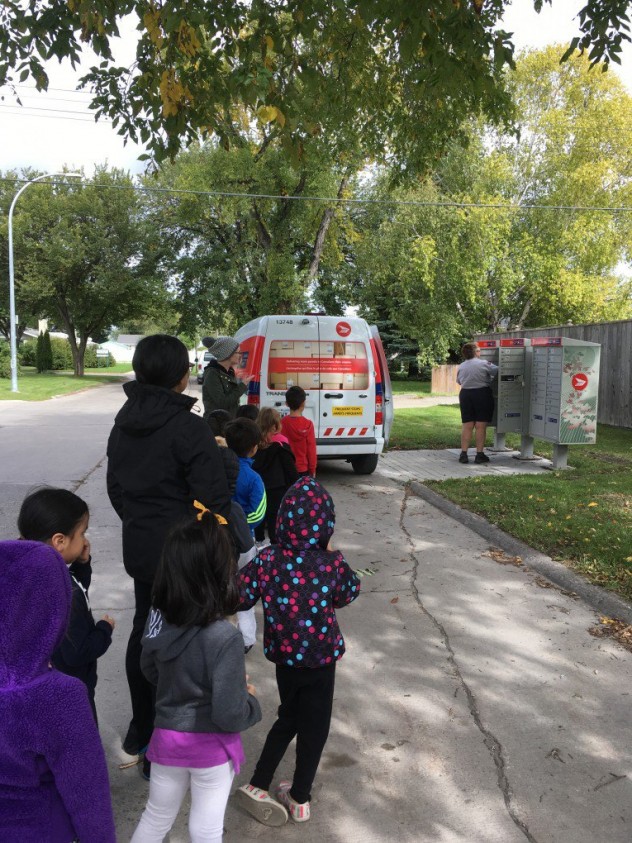 Place/Sense of Place, the third principle of IEE, refers to the feelings that a person has about the places that they interact with. This is the principle that I am using this year to frame my entire Kindergarten program. To bolster my students’ sense of belonging, I want to help them develop an emotional connection to not only our classroom, but our schoolyard and the surrounding community.
Place/Sense of Place, the third principle of IEE, refers to the feelings that a person has about the places that they interact with. This is the principle that I am using this year to frame my entire Kindergarten program. To bolster my students’ sense of belonging, I want to help them develop an emotional connection to not only our classroom, but our schoolyard and the surrounding community.
This year we have begun with several community walks, and we have composed a book about all that we observed. The children were quick to identify all of the street signs, as well as where they live. We got to see the mail carrier at work, as well as the bus driver stopping to pick up passengers. The highlight was the discovery of the park in the middle of the neighborhood. This was the hidden gem of our walk. Many of the students had no idea that it existed. As they swung on the swings and slid down the slide, it was obvious there was now an emotional tie to this place. A perfect beginning for our year of observation, discovery, and connection.
Reference
Judson, G (20151) Engaging Imagination in Ecological Education: Practical Strategies for Teaching. (Vancouver, BC: UBC Press)
